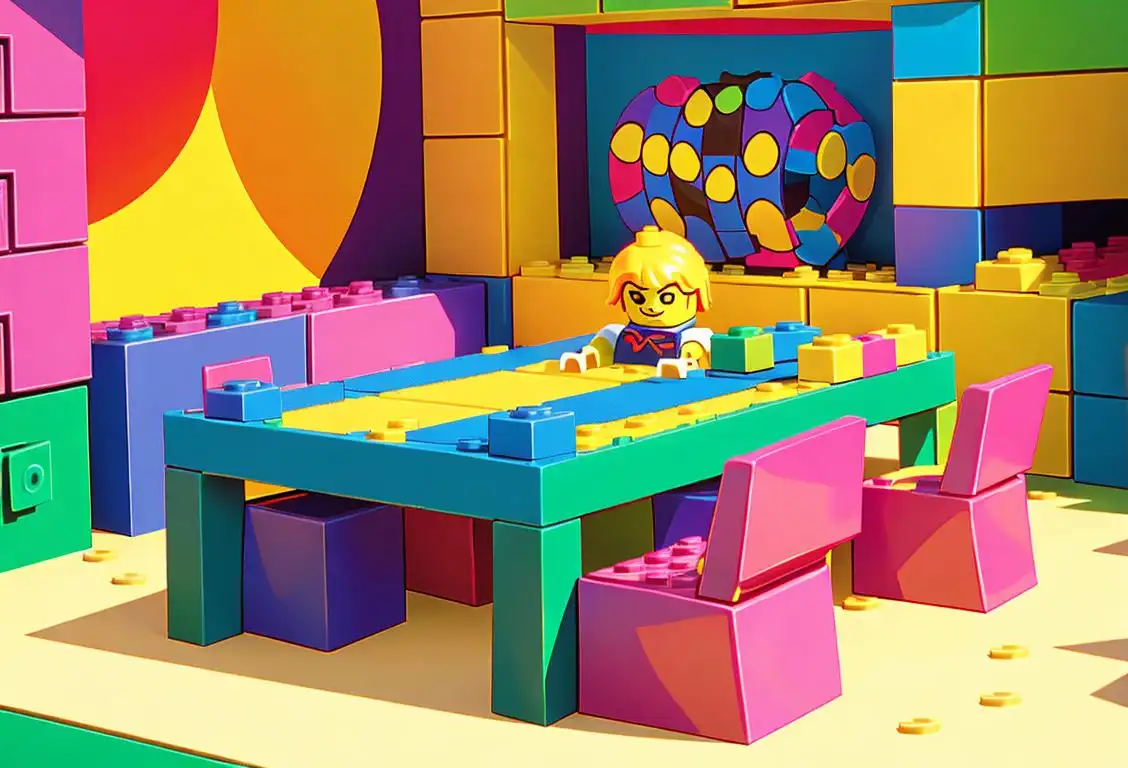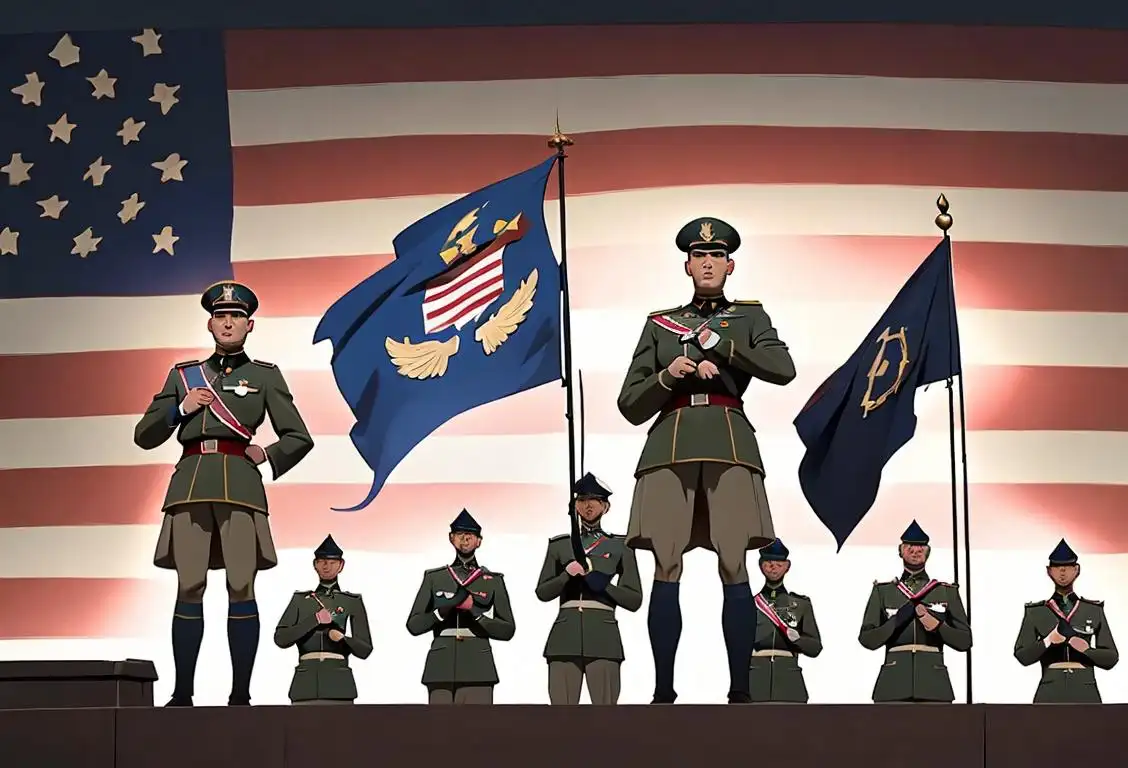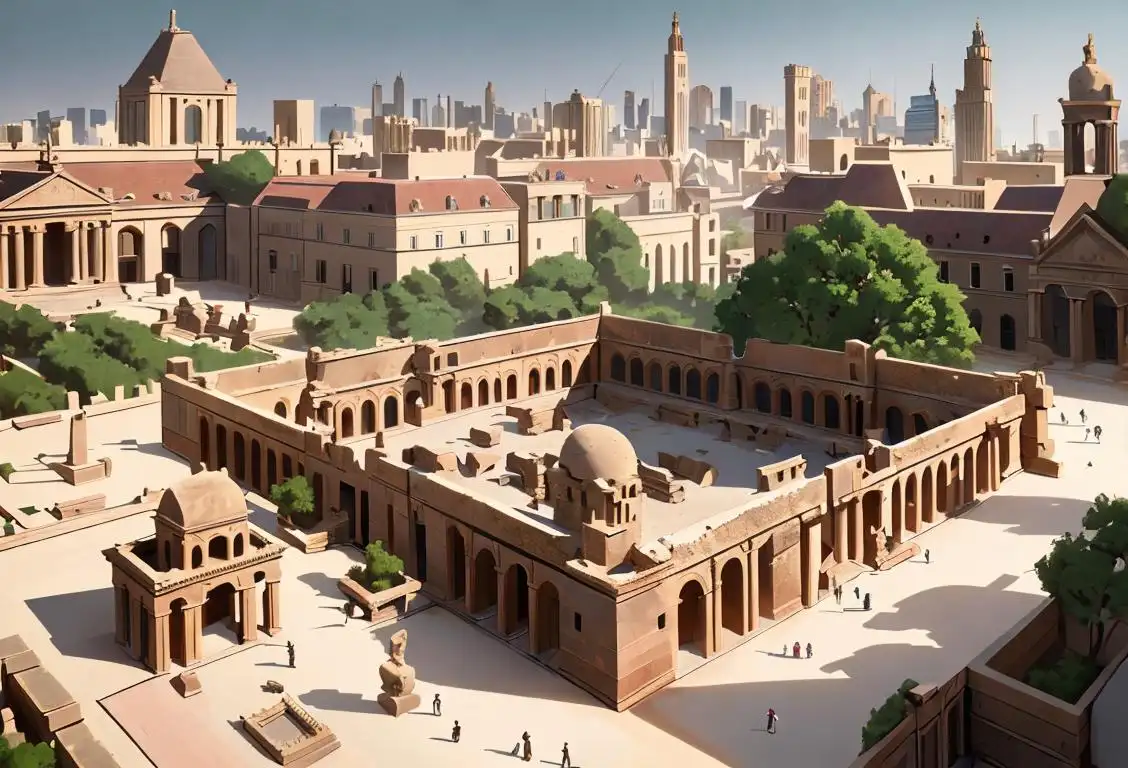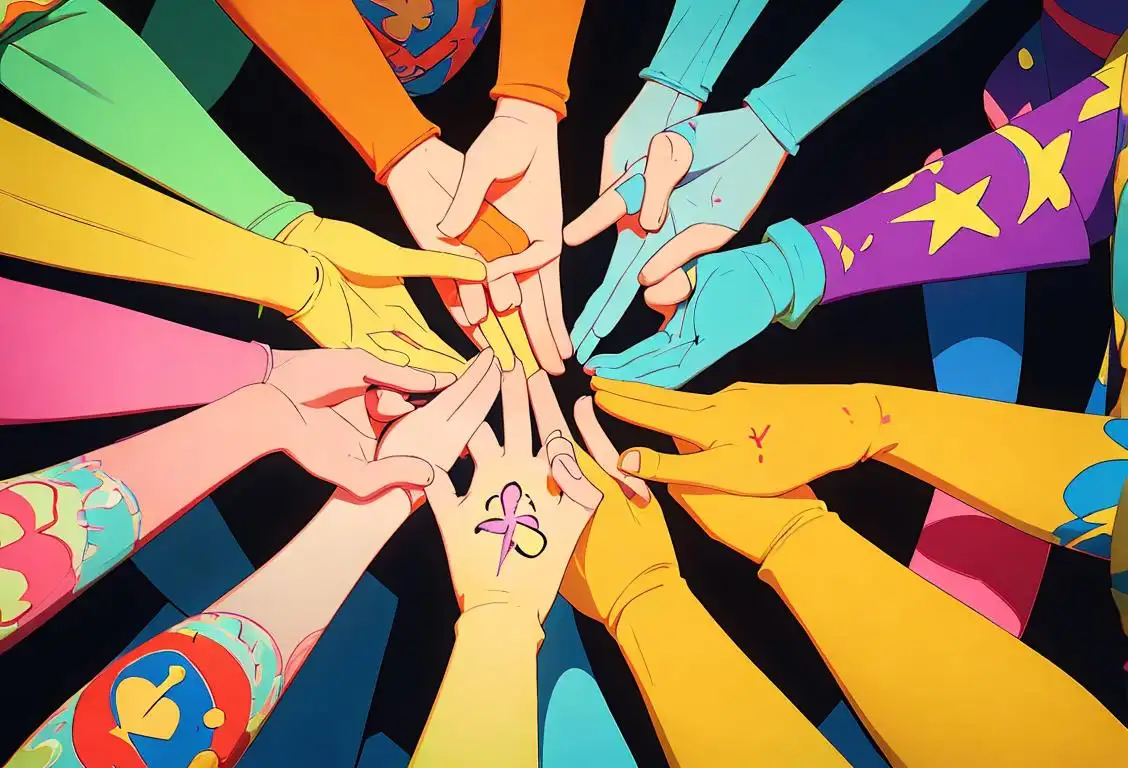National Lego Day

Welcome to the wonderful world of National Lego Day! Get ready to let your imagination soar and your creativity shine as we delve into the fascinating history of these colorful building blocks.
When is Lego Day?
It's national lego day on the 28th January.
The Birth of Lego
Legos have become a beloved childhood toy for generations, but do you know how they came to be? Our story begins in 1932, in the small Danish town of Billund, where a Danish carpenter named Ole Kirk Christiansen had a vision. He started a simple workshop and started making wooden toys of all shapes and sizes.
Fast forward to 1949, and the Lego Group was officially established. The name Lego is derived from the Danish words 'leg godt,' which means 'play well.' And play well, we certainly do!
Lego Mania Spreads
Over the years, Lego steadily grew in popularity, captivating the hearts and minds of children and adults alike. It didn't take long for Lego to become a household name and find its way into millions of homes around the world.
The true turning point came in 1958, with the introduction of the interlocking bricks that we know and love today. These ingenious little blocks allowed builders to create incredibly intricate structures, limited only by their own imaginations (and the number of Lego bricks they had).
Lego in the Digital Era
As technology advanced, so did Lego. The company embraced digital innovation, launching computer games, movies, and even theme parks. They also developed Mindstorms, a programmable robotics kit that has inspired countless young engineers and inventors.
Today, Lego continues to thrive, capturing the hearts of young and old alike. It has become much more than just a toy; it's a way to explore, imagine, and bring dreams to life, brick by colorful brick.
History behind the term 'Lego'
1947
The origins of LEGO
In 1947, Danish carpenter Ole Kirk Christiansen founded the company that would later become LEGO. The name 'LEGO' is an abbreviation of two Danish words 'leg godt', which mean 'play well.' Initially, the company manufactured wooden toys such as pull-along ducks and cars.
1949
The introduction of plastic bricks
Two years later, in 1949, LEGO began producing the first interlocking plastic bricks. These bricks were known as 'Automatic Binding Bricks' and were made from cellulose acetate. These early bricks had limited success as they didn't interlock securely, which led to considerable breakage.
1954
The development of the modern LEGO brick
In 1954, LEGO introduced the modern LEGO brick that we know today. These bricks had improved clutch power, meaning they interlocked more securely without easily breaking apart. The patent for the LEGO brick's design was filed in Denmark on January 28, 1958, and it took inspiration from Kiddicraft's self-locking building bricks patented by Hilary Fisher Page.
1963
The expansion of the LEGO System
LEGO expanded its product line in 1963 with the introduction of the 'LEGO System.' This system allowed for a wide range of bricks and elements that were compatible with each other, allowing for endless creative possibilities. The LEGO System became the foundation of LEGO's success and has continued to evolve over the years.
1979
The LEGO minifigure
One of the most significant additions to the LEGO System came in 1979 with the introduction of the LEGO minifigure. These small, posable figures revolutionized LEGO play, allowing for imaginative storytelling and role-playing. Since then, LEGO has created thousands of unique minifigure characters, becoming iconic symbols of the LEGO brand.
2008
LEGO Digital Designer and LEGO Ideas
In 2008, LEGO released the LEGO Digital Designer software, which allowed users to design and build virtual LEGO models on their computers. This software further expanded the creative possibilities of LEGO enthusiasts. Additionally, LEGO Ideas, a platform where fans can submit their own LEGO set ideas to be considered for production, was launched in the same year, fostering a strong community of LEGO creators.
Did you know?
Did you know that the word 'Lego' is never plural? Whether you have one Lego brick or a thousand, it's still just called Lego!Tagged
fun loved onesFirst identified
28th January 2016Most mentioned on
28th January 2020Total mentions
669Other days
Medal Of Honor Day
Cheese Pizza Day
Foundation Day
Cancer Survivors Day
Suicide Prevention Day
Compliment Day
Memorial Day
Guac Day
Pumpkin Day
Bacon Day









